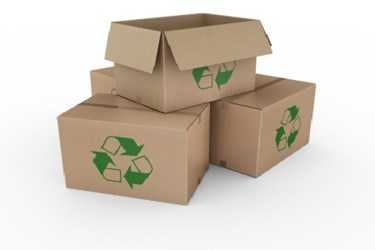How The Culture Of Sustainability Will Shape Packaging
By Isaac Fletcher, contributing writer, Food Online

In the future, consumers may base purchasing decisions on a product’s sustainability qualities rather than its price, leading many firms to take a close look at packaging and set sights on sustainability and functionality
With increasing concerns over sustainability, manufactures are facing pressure to reduce food and drink packaging size and subsequently waste. For many consumers, whether a product’s packaging can be recycled is a critical element in purchasing decisions. Additionally, many consumers view environmentally-friendly materials used in packaging as one of the most important trends to shape the future of food and beverage packaging.
Although the packaging industry has demonstrated an increased focus on sustainability, there is still much to be done. Corporate environmental goals have driven many firms to adopt very transparent sustainability policies, presenting consumers with an environmentally-friendly image and influencing purchasing decisions. In the past, price was the primary method of establishing a competitive edge. However, engineering a brand that is synonymous with protecting the environment will be the product differentiation of the future. Although firms hope give the impression that their sustainability goals are in place for the sake of the environment, in many cases, sustainability improvements in food and beverage packaging are spurred by cost savings through extended shelf-life and minimized food waste.
While achieving sustainability goals and experiencing cost savings is a win-win for producers, food and drink manufacturers need to view packaging in terms of whether it offers the right barrier and protective properties, is easy to open and re-sealable, and optimizes how the food inside is stored and consumed. With this in mind, packaging that is perceived as more sustainable without offering other benefits should not automatically command a higher price.
Case Study: Cultivating An Appealing Packaging Operation
Sustainability is not simply about recycling or incorporating recycled materials. Although these are important sustainability elements, if packaging is not completely fit for a specific purpose, there is still a lot of room for improvement. For example, packaging made from recycled material that does not properly store food beyond a couple days serves no purpose. On the other hand, a multi-layer package may cost more, but the extended shelf life and corresponding reduction in food waste are benefits that should not be ignored.
Reducing the amount of packaging materials is a good place to start, but firms will do well to continue investing in innovations that will achieve the same goals with less weight. Sustainability and functionality need to go hand in hand in order to stay relevant in future markets where consumers may be more interested in sustainable products than ones that are cheaper. When done correctly, sustainability initiatives save money and resources while still delivering a long-lasting, easy-to-use product.
